
Latest News and Feature Articles
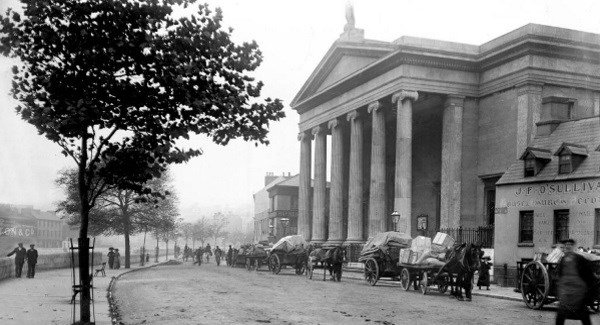
Dramatic intervention by bishops in Irish Civil War politics
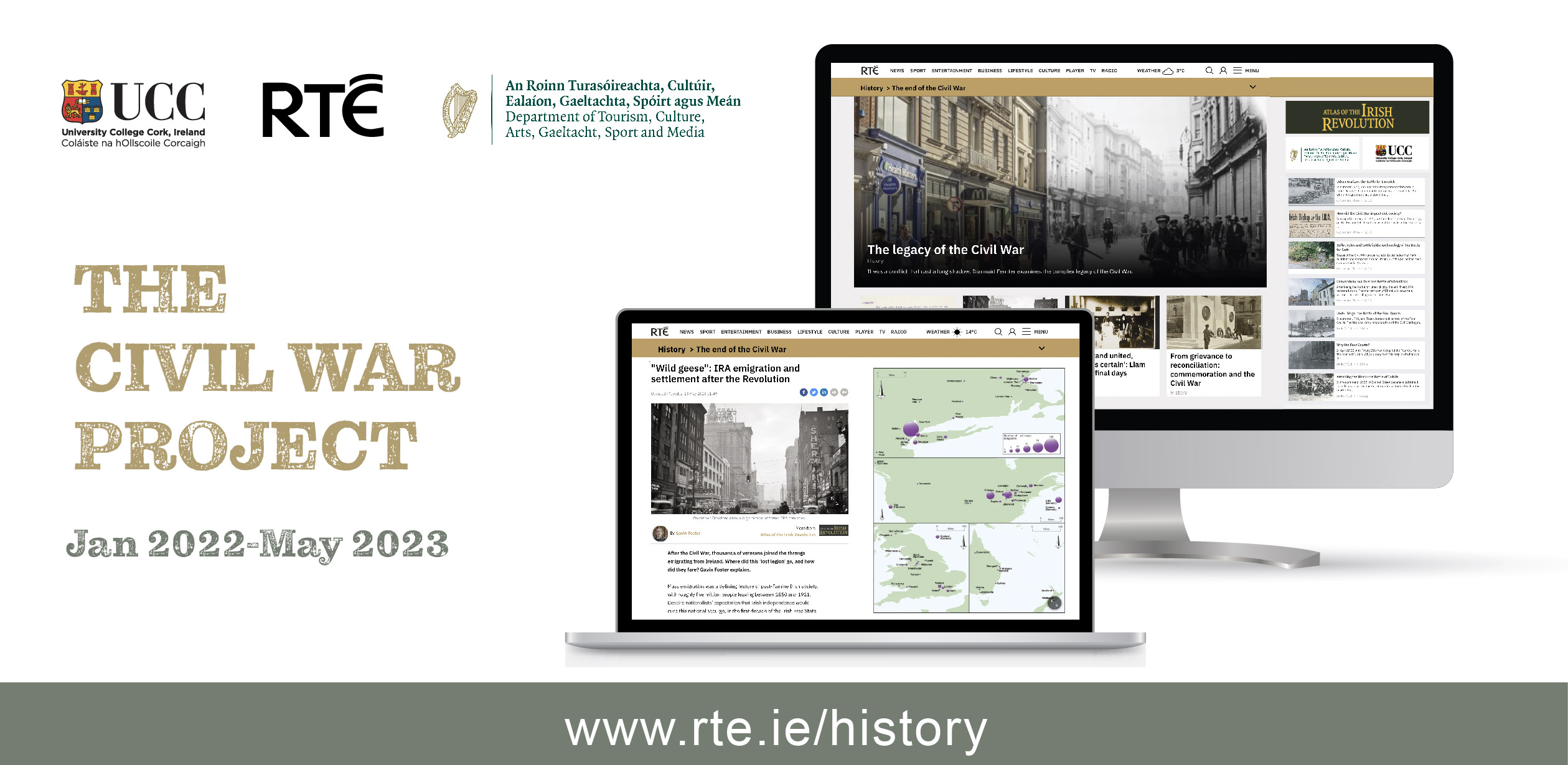
Irish Civil War Digital Project

Terence MacSwiney, Cork Men’s Gaol, and the Political Hunger Strike, 1920-2020

8-Week Lecture Series: 'Civil War in Ireland: New Perspectives'


1910 The General Election
The General Election saw the return of a Liberal government dependent on the support of John Redmond’s Irish Parliamentary Party. ... Read more
1910 The General Election
The results of the general election of January 1910 were dramatic: The Irish party won 71 seats and held the balance of power in Parliament. For the first time since Parnell, the Liberals were dependent on the Irish Party to remain in power. The election of December 1910 again returned a Liberal government dependent on the support of the Irish MPs.
Learn more about Ireland prior to 1916 in our Story of 1916 Project or find a map of the 1910 election results in this article by John Borgonovo.
You can also read about the Home Rule party in Westminister in Unit 4 of the Atlas Resources for Schools.

1911 The Parliament Act
The Parliament Act was passed by the House of Lords in August 1911 ... Read more
1911 The Parliament Act
Relying on Redmond’s Irish Parliamentary Party for a majority over the Conservatives, Liberal Prime Minister Asquith pledged to deliver Home Rule. First, he addressed the obstacle of the Lords’ veto. His Parliament Act of 1911 abolished the right of the House of Lords to permanently obstruct legislation. They could now only delay the bill, bringing the prospect of Home Rule closer than it had every been.
Read an explainer about Home Rule by Conor Mulvagh on RTE's Century Ireland or learn more about the Home Rule party in Westminister in Unit 4 of the Atlas Resources for Schools: The Home Rule Crisis.

1912 The Third Home Rule Bill
On 11 April 1912, Liberal Prime Minister, H. H. Asquith, introduced the Third Home Rule Bill to the House of Commons. ... Read more
1912 The Third Home Rule Bill
Passed on 18 August 1911, the Parliament Act ensured that the House of Lords would no longer be in a position to stop the progress of a Home Rule bill into law. The Lords could now only delay legislation for two years. In April 1912, Asquith introduced the Third Home Rule Bill into the House of Commons. Passed in the Commons, the bill was predictably defeated in the House of Lords, but all the Home Rulers had to do was wait until 1914.
Learn more about the Home Rule Crisis of 1912-14 in Unit 4 of our Atlas of the Irish Revolution Resources for Schools
Watch Dr Conor Mulvagh, UCD, on British parliamentarians' attitude towards the Irish question.
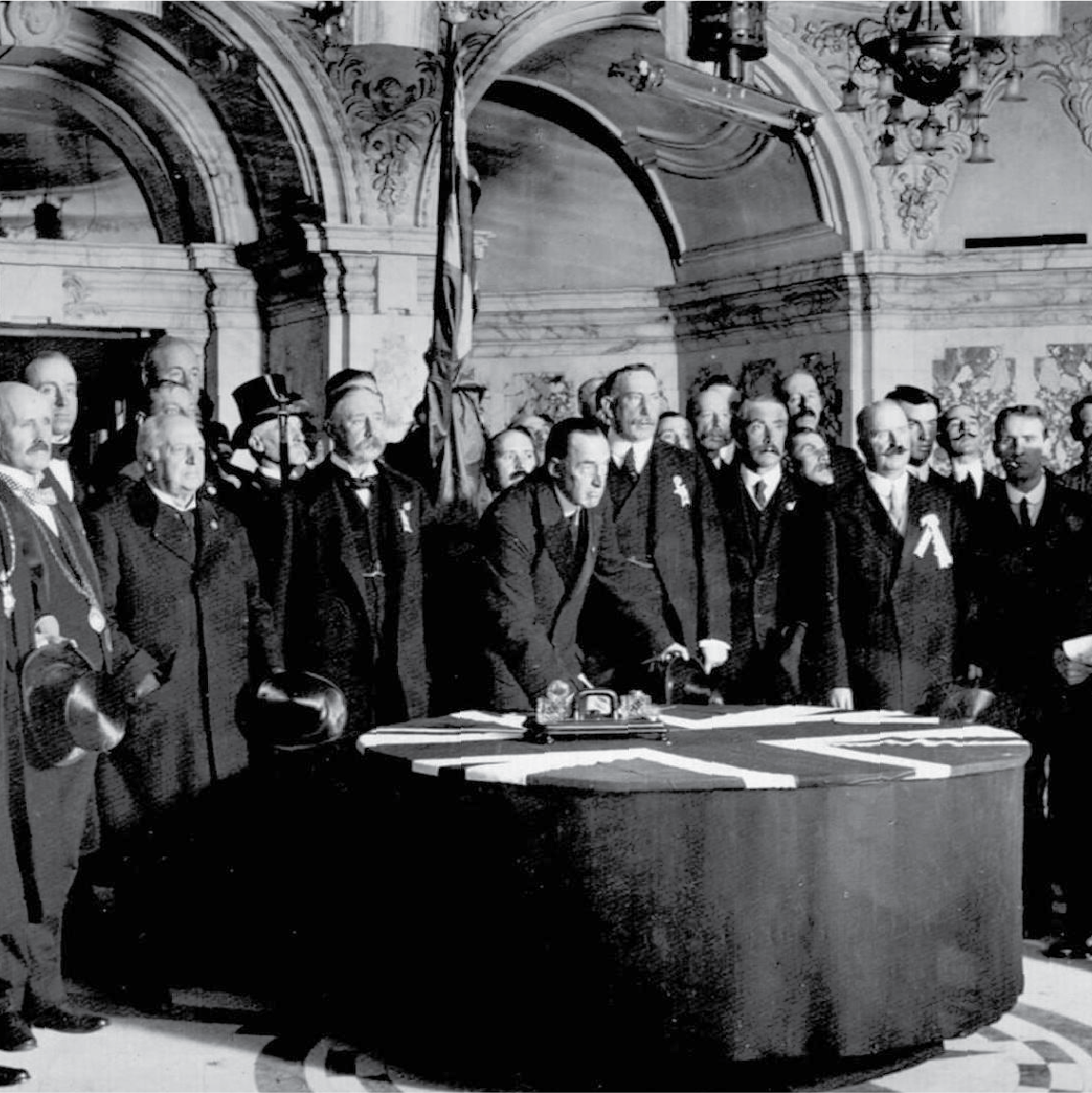
1912 The Solemn League and Covenant
Unionism’s opposition to Home Rule was expressed in the signing of the Solemn League and Covenant in September 1912. ... Read more
1912 The Solemn League and Covenant
On 28 September 1912, Ulstermen from all classes of unionism gathered at Belfast City Hall to sign the Covenant in opposition to Home Rule. Almost 240,000 men pledged to use “all means which may be found necessary to defeat the present conspiracy to set up a Home Rule Parliament in Ireland.” The Ulster Women’s Unionist Council also developed a declaration to be signed by 234,046 women in support of the Covenant.
Learn more about 'Uster Day' and Unionist opposition to Home Rule in Unit 4 of the Atlas Resources for Schools

1913 The Dublin Lockout
The Dublin lock-out was a major industrial dispute which took place in Dublin between August 1913 & January 1914. ... Read more
1913 The Dublin Lockout
Involving approximately 20,000 workers and 300 employers, the Dublin Lockout was one of the most severe and significant industrial disputes in Irish history.
Learn more about the 1913 Strike & Lockout at the National Library of Ireland's online exhibition
Discover eyewitness interviews on the RTE Archives and newspaper articles on RTE's Century Ireland
Find out who was living in the city's worst tenements in the 1911 Census, searchable online via the National Archives of Ireland
Find worksheets, documents and maps relating to the Lockout in Unit 3 of the Atlas resources for Schools
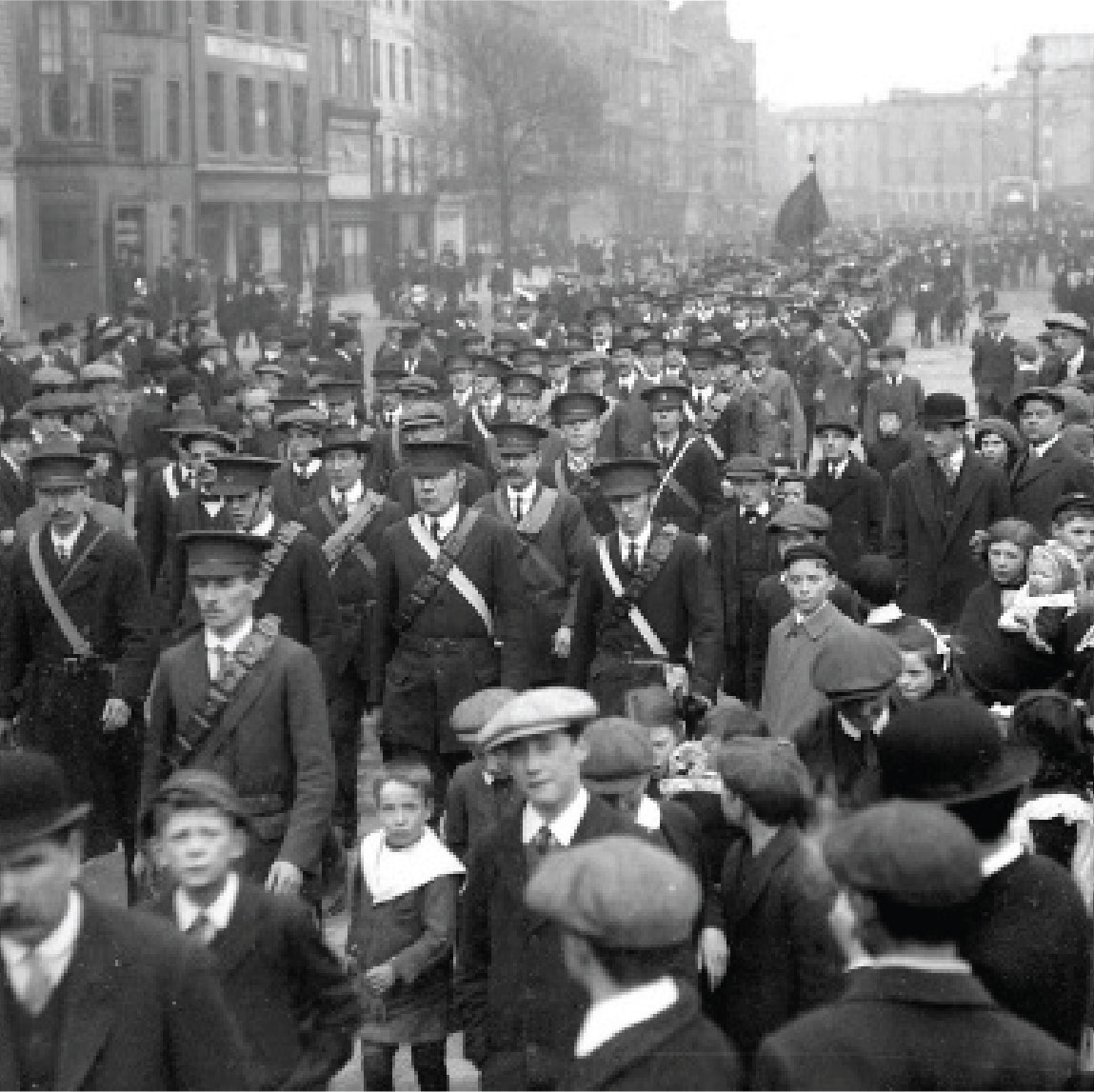
1913 Formation of the Irish Volunteers
Southern nationalists formed the Irish National Volunteers (INV) in November 1913 to safeguard Home Rule. ... Read more
1913 Formation of the Irish Volunteers
In answer to the establishment of the Ulster Volunteer Force (UVF), southern nationalists formed the Irish National Volunteers (INV) in November 1913 to safeguard the implementation of Home Rule. Apparently under the control of the respectable academic Eoin MacNeill, the founders of the INV included members of the secret oath-bound Irish Republican Brotherhood (IRB), extreme separatists who rejected Home Rule and waited for an opportunity to stage an uprising against British rule.
Learn more about the formation of the UVF and INV in Unit 4 of the Atlas of the Irish Revolution Resources for Schools
Discover witness statements about the formation of the Irish Volunteers and the Irish Citizen Army in 1913, and Cumann na mBan in 1914 at the Bureau of Military History
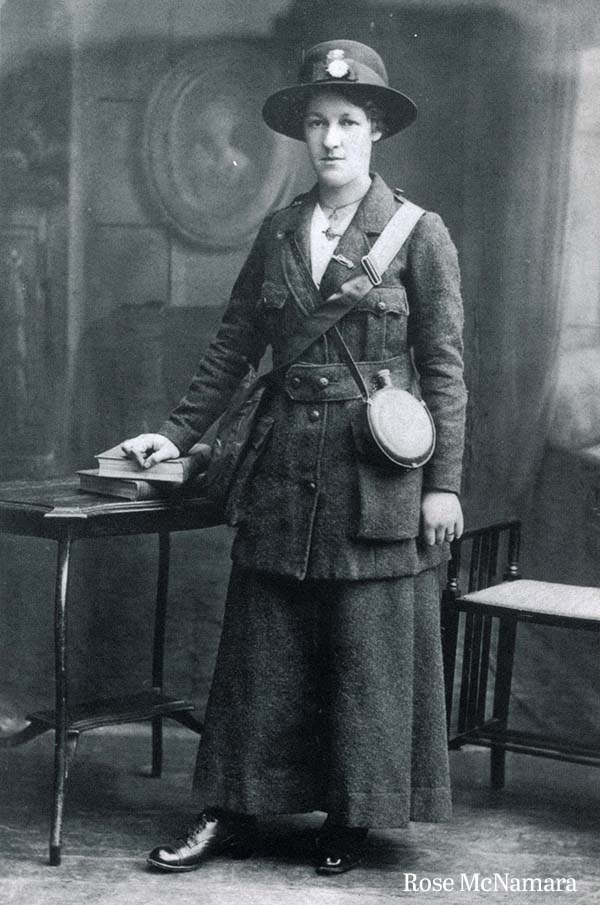
1914 Forming Cumann an mBan
Cumann na mBan (Irishwomen’s Council) was founded at a meeting in Wynn’s Hotel in Dublin on 5 April 1914 ... Read more
1914 Forming Cumann an mBan
Formed as an auxiliary organisaiton to the Irish Volunteers, Cumann an mBan grew quickly and by October 1914 it had sixty branches.
Learn more about Cumann na mBan in this article by Helene O'Keeffe, or visit RTE history. You can also find more information at this online exhibition at Richmond Barracks or at the Military Archives.
Discover witness statements by women of Cumann na mBan at the Bureau of Military History or explore lesson plans and worksheets in Unit 2 of the Atlas of the Irish Revolution Resources for Schools.
Find the roll of Cork Cumann na mBan here.
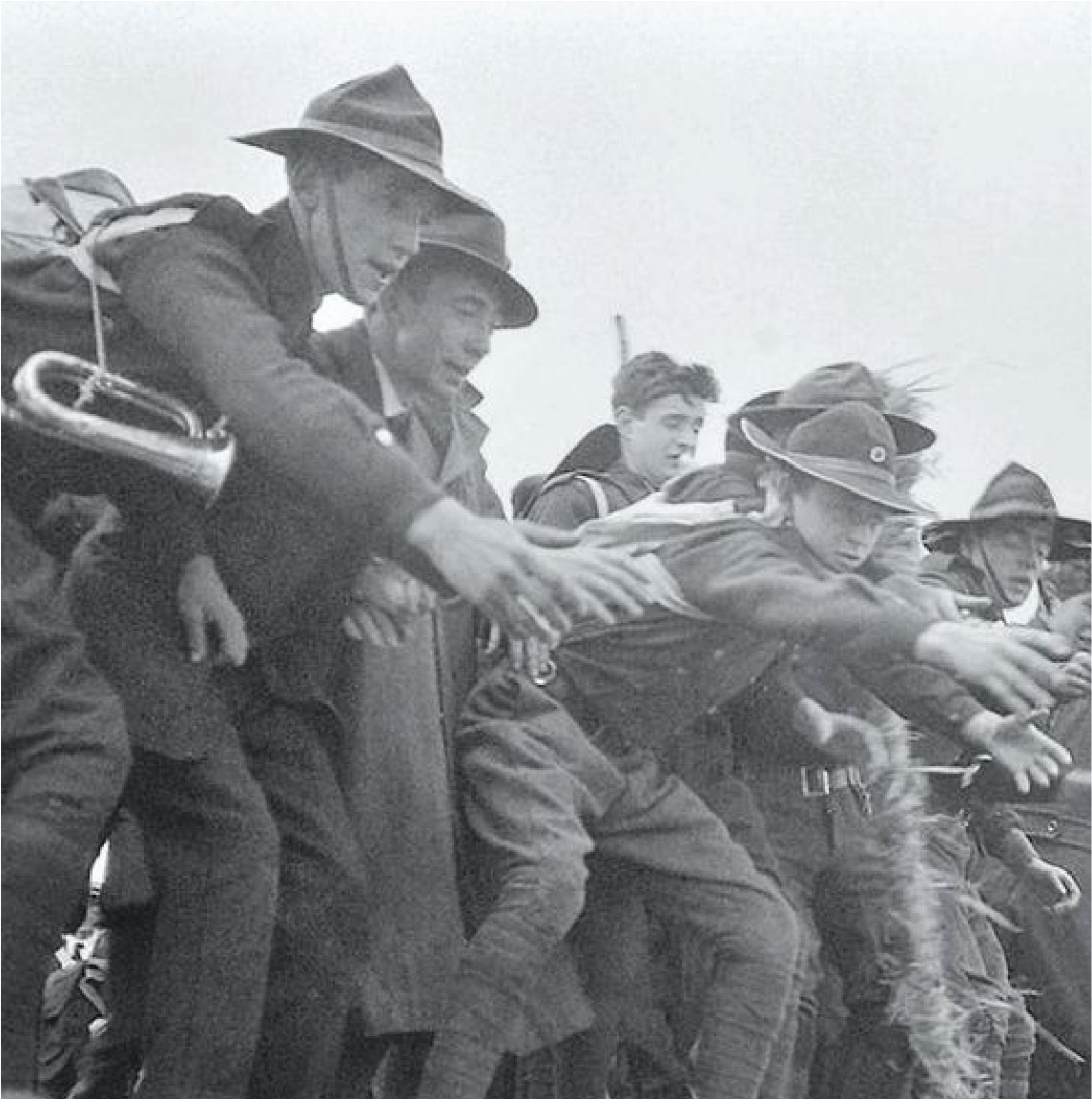
1914 Arming the Volunteers
Between April and July 1914 the UVF and the Irish Volunteers successfully landed cargos of arms in Ireland. ... Read more
1914 Arming the Volunteers
The UVF successfully landed 35,000 German rifles and five million rounds of ammunition at Larne, Donaghdee and Bangor on the night of 24-25 April without interference from Crown Forces. Two months later, on 26 July, the Irish unloaded a cargo of 900 German Mauser rifles with ammunition from the 'Asgard' in Howth.
Discover maps and worksheets about the gunrunning at Howth and Larne in Unit 4 of our Atlas of the Irish Revolution Resources for Schools pack.
Watch the events of the Home Rule Crisis unfold in the UCC/RTE documetary series 'The Irish Revolution', available on rte player
1914 World War I
The prospect of civil war in Ireland was only averted by international events. John Redmond urged the Volunteers to support the British war effort, convinced that it would help to deliver a united Home Rule Ireland. The result was a split in the Volunteers – the majority of 160,000 National Volunteers supported Redmond and the minority of 12,000 Irish Volunteers, led by Eoin MacNeill, opposed his position. This minority was heavily infiltrated by the IRB who had secretly decided to stage a rebellion using the Volunteers while England was distracted by the War.
Learn more about the Global Context in our Story of 1916 Project. Visit the National Library of Ireland's online exhibition on World War I or RTE's online exhibition featuring some first hand accoounts from Irish soldiers at the front.

1915 Funeral of O'Donovan Rossa
On 1 August, Patrick Pearse delivered his famous oration at the graveside of veteran Fenian Jeremiah O'Donovan Rossa. ... Read more
1915 Funeral of O'Donovan Rossa
Stage Managed by Thomas Clarke, the occasion proved a rallying point for republican activists at home and abroad. By that point Pearse was a member of the five-man IRB Military Council, formed secretly by the Supreme Council in May 1915 to plan and co-ordinate a rebellion. They sought funding from Clan na Gael - an Irish republican organisation in America - and military assistance from Imperial Germany.
Find newspaper articles and documents about O'Donovan Rossa's funeral at RTE's Century Ireland and at Google Arts and Culture
Listen to UCC's Gabriel Doherty dsicuss the significance of the event on RTE Radio 1 and the commemorations in 2015 on RTE News.
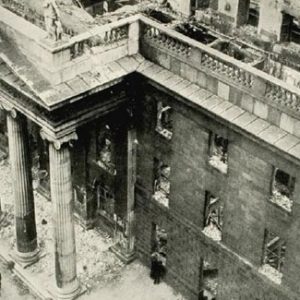
1916 The Easter Rising
On 24 April 1916, some 1,200 separatists occupied strategic buildings across Dublin & proclaimed an Irish Republic. ... Read more
1916 The Easter Rising
Faced by over 20,000 British troops, the rebels had no chance of military success, but the six-day Rising and the execution of its leaders transformed the Irish political landscape.
Learn about the leaders of the 1916 Rising and the events of Easter Week in our Story of 1916 project, or discover what was 'in the news' in the Cork Examiner in 1916 in our 1916 Diary
Visit Unit 5. of the Atlas Resources for Schools to find worksheets and a document pack relating to the 1916 Rising.
Visit the 1916 Rising Exhibition at the National Library of Ireland or the Digital Archive on Google Arts and Culture.
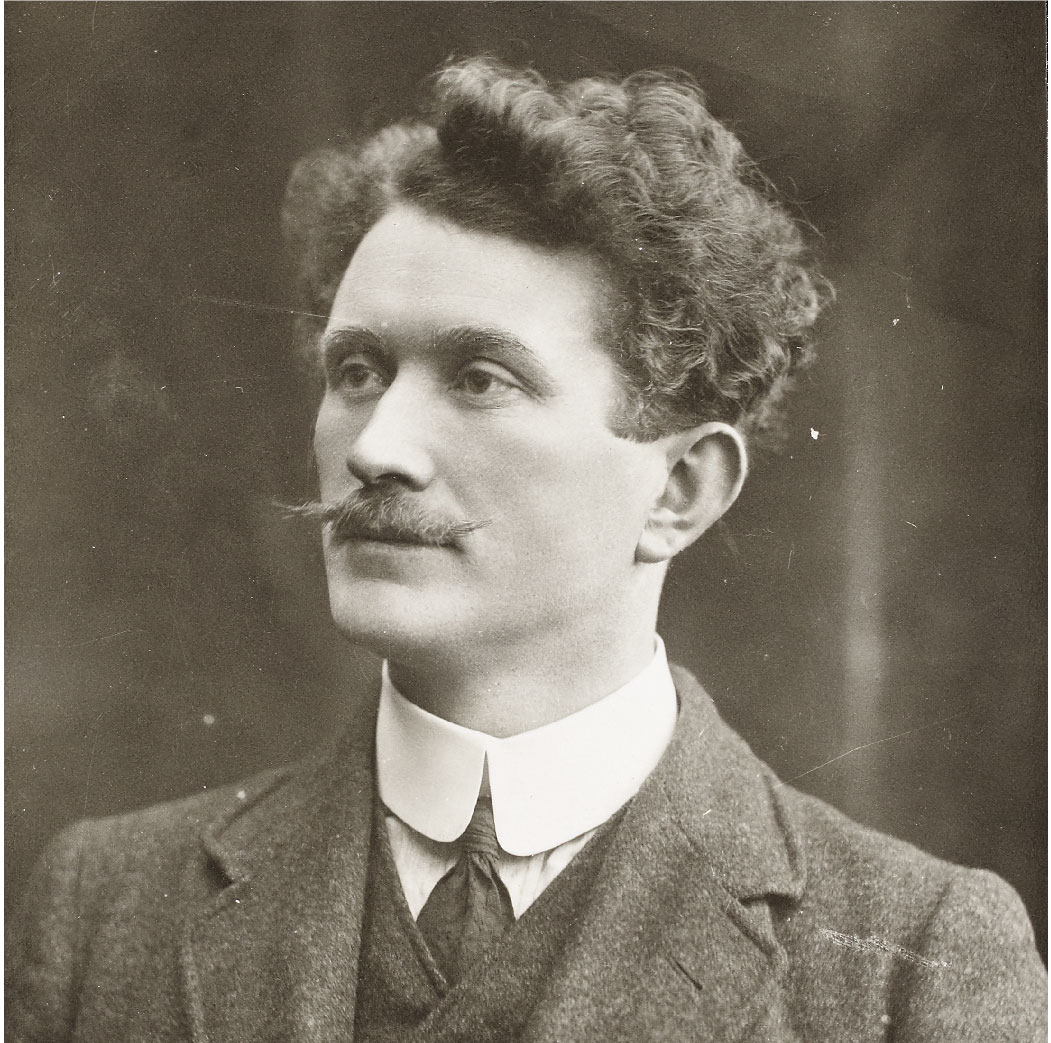
1917 Death of Thomas Ashe
On 25 September the 1916 leader died as a result of forcible feeding while on hunger strike in Mountjoy Jail. ... Read more
1917 Death of Thomas Ashe
1916 leader Thomas Ashe was amongst the second tranche of prisoners released from English jails in June 1917. He resumed his political activities, campaigning vigorously for Sinn Féin candidates in local by-elections and recruiting for the Volunteers. Arrested in Dublin in September for seditious speech making, he was senteced to 12 months hard labour in Mountjoy Jail where he led Sinn Féin prisoners in a hunger strike for prisoner-of-war status. His death on 25 September as a result of forcible feeding sparked protests and demonstrations and in the words of J.J. O’Kelly, "soon made more adherents to the republican cause"
Learn more about Thomas Ashe in this article by Mary McAuliffe or visit Unit 6 of the Atlas Resources for Schools to find worksheets and a document pack relating to the Rise of Sinn Féin.

1918 The General Election
In the first election after the end of WWI, Sinn Féin won 73 of Ireland's 105 seats at Westminster ... Read more
1918 The General Election
Benefitting from a surge in populatiry after the Conscription Crisis and the German Plot arests, as well as hugely expanded and more diverse electorate, Sinn Féin won a landslide victory in the first general election since 1910.
Learn more about the Rise of Sinn Féin in Unit 6 of the Atlas Resources for Schools
Read more about the 1918 General Election in the UCC/RTE War of Independence Project and the Dáil100 Project
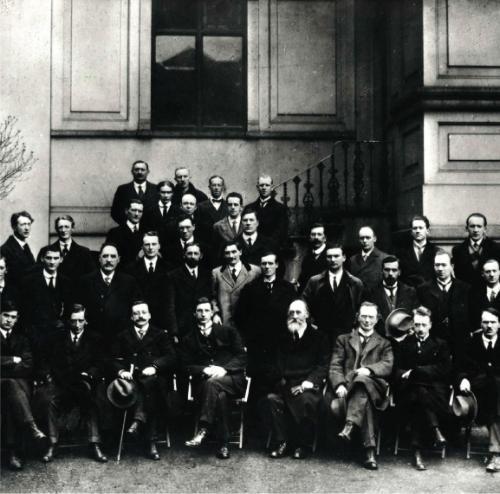
1919 The First Meeting of Dáil Eireann
On 21 Jan, 28 elected Sinn Féin MPs met in the Mansion House to proclaim Dáil Éireann as a legislative assembly for Ireland ... Read more
1919 The First Meeting of Dáil Eireann
During its inaugural session, the Dáil approved a provisional constitution, appointed three delegates to the post-war peace conference and issued a Message to the Free Nations of the World, a Declaration of Independence and a Democratic Programme. On the same day, the Irish Volunteers inflicted two lethal police casualties at Soloheadbeg, Co. Tipperary.
Learn more about the first meeting of Dáil Eireann and Soloheadbeg in Unit 7 of the Atlas Resources for Schools
Read more about the First Dail in the UCC/RTE War of Independence Project and the Dáil100 Project
Read about the demise of the Home Rule party after 1916

1919 De Valera's Tour of the United States
In June 1919, de Valera embarks on an 18-month fundraising and propaganda tour of the US ... Read more
1919 De Valera's Tour of the United States
Four months after his escape from Lincoln jail, de Valera travelled to the United States to gain support for Irish self-determination and to raise funds to bankroll the revolutionary government at home. During the highly-publicised eighteen-month tour, de Valera criss-crossed the country, meeting public officials and addressing mass rallies at major venues such as Madison Square Garden (New York), Fenway Park (Boston) and Wrigley Field (Chicago).
Learn more about de Valera's Tour of the US in Unit 6 of the Atlas Resources for Schools and in our Features Section.
Read more about the Locations on the US Tour in the UCC/RTE War of Independence Project and Century Ireland
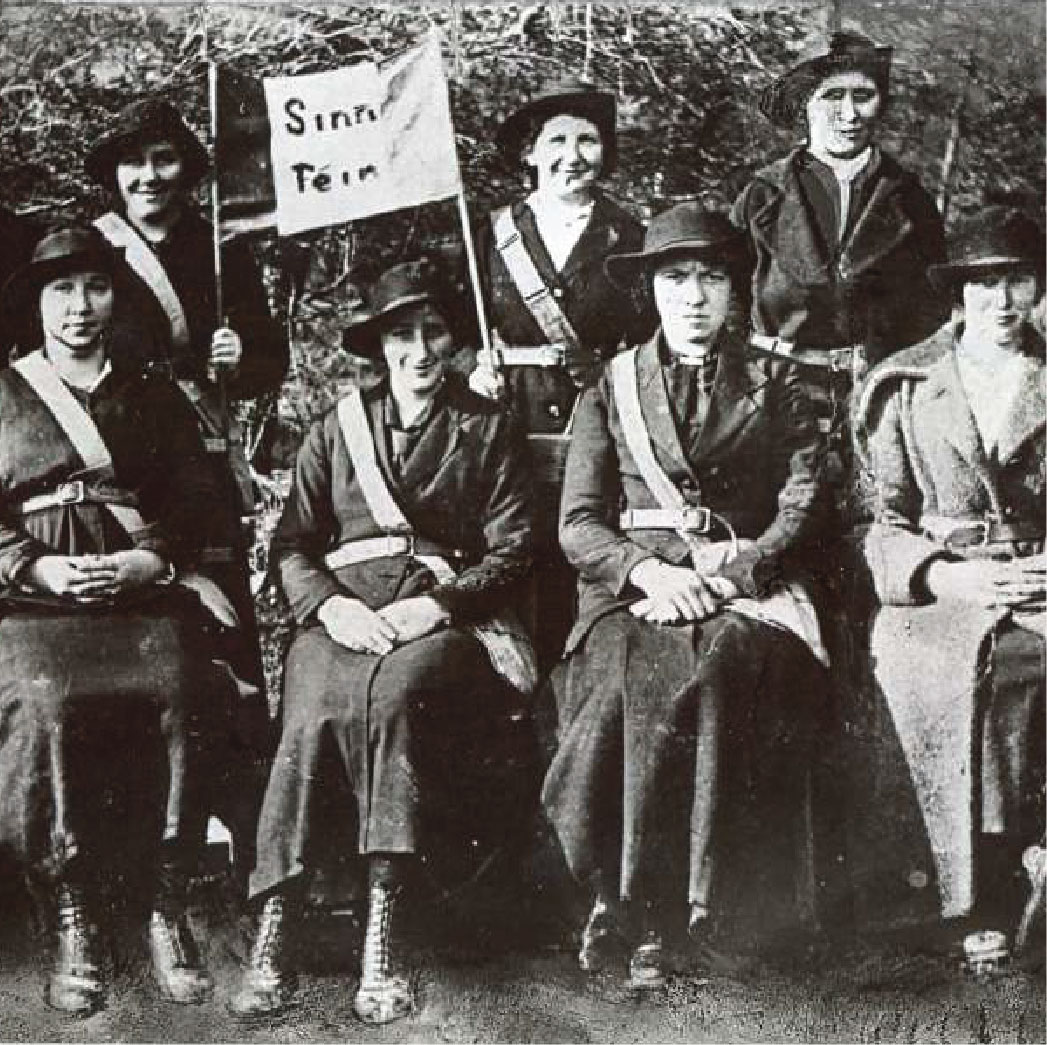
1919 Dáil Eireann driven underground
On 11 September, Dublin Castle banned Dáil Eireann and a month later proscribed Cumann na mBan, Sinn Fein, the Volunteers & the Gaelic League ... Read more
1919 Dáil Eireann driven underground
The reasons for banning Dáil Éireann on 11 September 1919 included the launch of the Dáil Loan; the implementation of the oath of allegiance to the Dáil by members of the Irish Volunteers and escalating violent attacks by the IRA.
Learn more about the escalation of violence against the Royal Irish Constabulary in Unit 7 of the Atlas Resources for Schools
Read more about the Dail Ban in the UCC/RTE War of Independence Project and the underground Dail at the Dail100 project
Learn about Cumann na mBan and the War of Indepdencene at the Mna100 project and in our Features Section
1920 - 1929 The 1920's

1920 IRA GHQ approves offensive action
Unlike the sporadic arms seizures and barracks attacks in 1919, the new year marked the start of an all-out assault on the RIC. ... Read more
1920 IRA GHQ approves offensive action
At Easter 1920 IRA GHQ ordered a major mobilisation by the Irish Volunteers for a concerted nationwide assault that saw the destruction of over 300 buildings, including vacated police barracks, courthouses and taxation offices on the night of 3-4 April. By the end of the year, 533 police barracks were destroyed, of which twenty-three had been in use when attacked.
Learn more about the escalation of violence against the Royal Irish Constabulary in Unit 7 of the Atlas Resources for Schools and in this article by John Borgonovo. Find information on individual IRA companies, in our new Interactive Map
Learn about Cumann na mBan and the War of Independence at the Mna100 project and in this article by Helene O'Keeffe
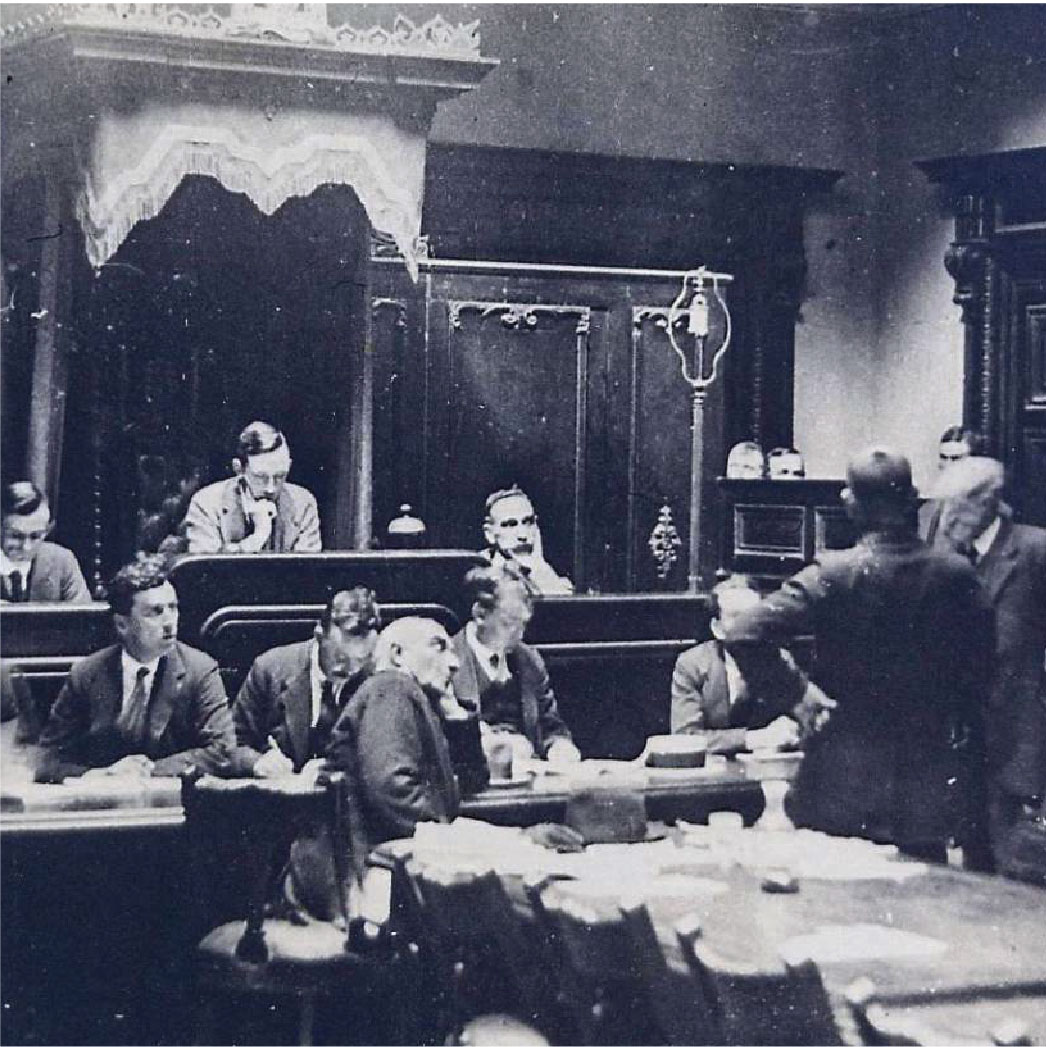
1920 Local Elections
Sinn Féin's success in the local elections of January & June 1920 was a significant milestone in the republican struggle. ... Read more
1920 Local Elections
The elections were the first since 1914 and presented the republican movement with an opportunity to copper-fasten its democratic legitimacy following the famous general election victory of December 1918 that led to the establishment of the Dáil and the declaration of Irish independence.
Read more about the local elections of 1920 in this article by Donal O Drisceoil featuring maps from the Atlas of the Irish Revolution and in the Dail100 project
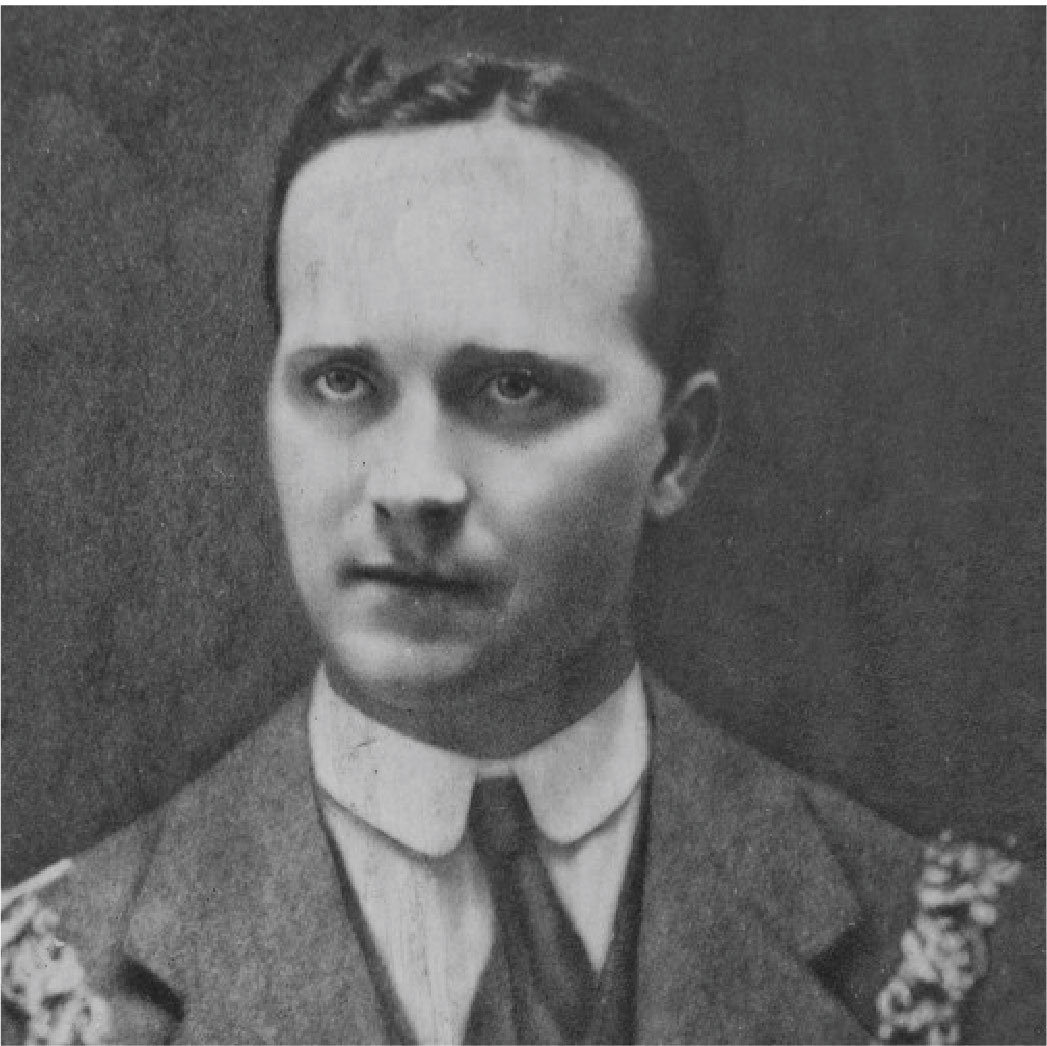
1920 Assassination of Tomás Mac Curtain
Republican Lord Mayor of Cork Tomás Mac Curtain was shot dead at his home in Blackpool on 20 March ... Read more
1920 Assassination of Tomás Mac Curtain
MacCurtain, the first republican lord mayor of Cork and a commandant in the IRA, was shot dead in front his wife and family by a party of RIC men when they burst into his home on Thomas Davis Street in Blackpool on March 20th 1920.
Read more about the assassination of Tomas MacCurtain in this podcast by UCC's Gabriel Doherty and in this article in RTE's Century Ireland.
Leran more about Cork City's first Republican Lord Mayor in our Features Section
You can find more detail about the War of Independence in Cork on Cork City Council's: A City Remembers Webpage

1920 The Munitions Strike
During the so-called ‘munitions strike’ of May to December 1920, railway workers placed an embargo on the transportation of British military forces and munitions. ... Read more
1920 The Munitions Strike
The munitions strike which began in Dublin Port in May 1920, was the most significant example of non- violent resistance during the War of Independence.
Read more about the significance of embargo in this article by Donal O Drisceoil and on the RTE/UCC War of Independence Project
You can find more detail about the War of Independence in Unit 7 of the Atlas of the Irish Revolution Resources for Schools
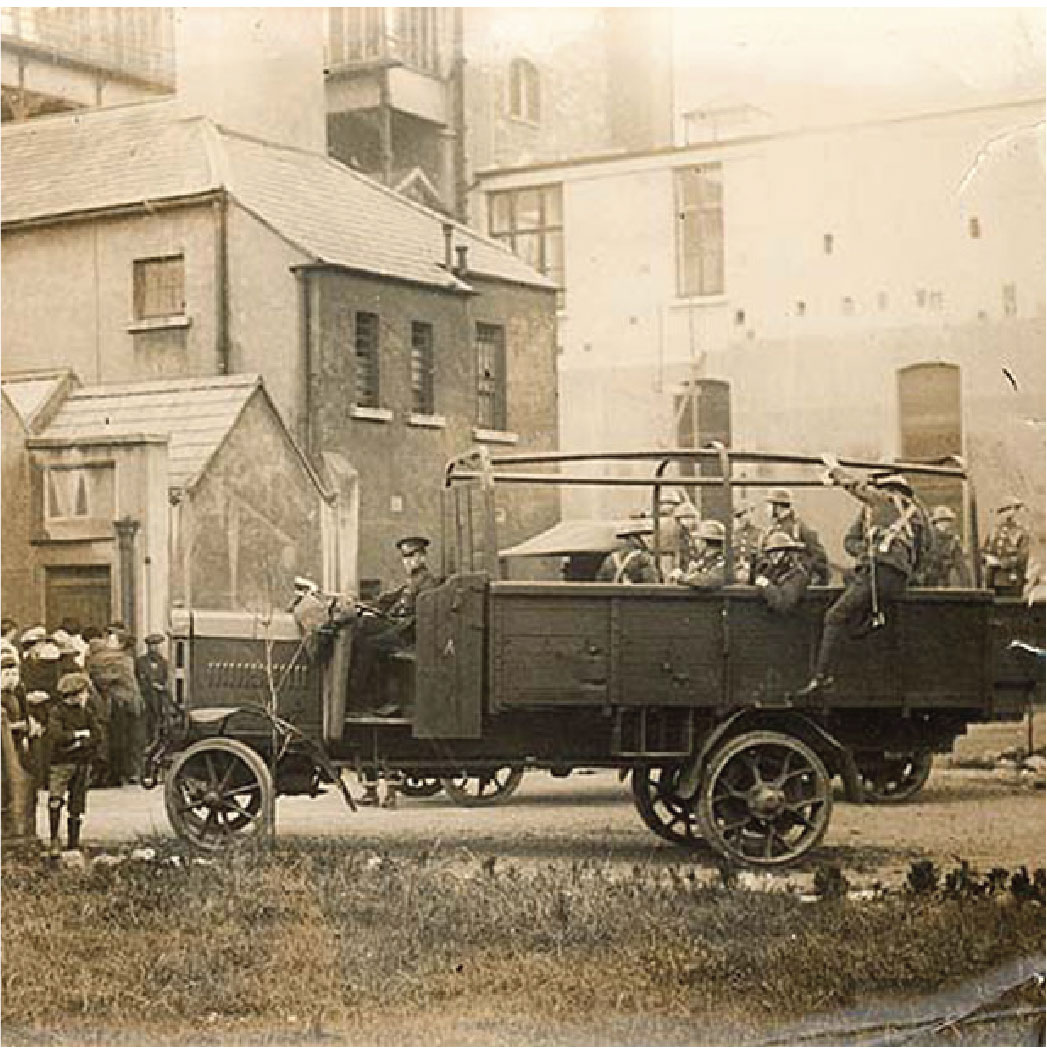
1920 Bloody Sunday
On Sunday 21 November 1920, IRA assassination teams simultaneously struck various locations in Dublin and killed eleven suspected British agents. ... Read more
1920 Bloody Sunday
That afternoon, Crown forces opened fire on the crowd during a challenge football match between Dublin and Tipperary in Croke Park killing fourteen civilians and the injuring of a further sixty-four. That night McKee and Clancy and an innocent man called Conor Clune were shot dead in Dublin Castle.
Read more about the events of Bloody Sunday in this eight-part podcast series from Michael Foley.
Find maps, articles and video about Bloody Sunday on the RTE/UCC War of Independence Project
Learn more about Bloody Sunday in this article about November 1920 by John Borgonovo
You can find maps, worksheets and lesson plans about the War of Independence in Unit 7 of the Atlas of the Irish Revolution Resources for Schools

1920 The Burning of Cork
On the night of 11-12 December 1920 Cork city experienced he most devastating of the Crown force reprisals during the War of Independence ... Read more
1920 The Burning of Cork
Less than two weeks after the Kilmichael Ambush and just two days day after the proclamation of martial law in counties Cork, Kerry, Limerick and Tipperary, fifty-seven premises at the heart of the southern capital were destroyed by fire. While there was no loss of life as a result of the fires, some £2.5m worth of damage was caused and over 2,000 people lost their jobs
Read more about the Burning of Cork in this Irish Examiner podcast
Find maps, articles and video about the Burning of Cork on the RTE/UCC War of Independence Project
Discover new Interactive Maps depicting the events leading up to and during the Burning of Cork
You can find maps, worksheets and lesson plans about the War of Independence in Unit 7 of the Atlas of the Irish Revolution Resources for Schools

1920 Government of Ireland Act
Enacted on 23 December, the new legislation established the basis for a six-county northern and a twenty-six county southern polity - each with its own parliament. ... Read more
1920 Government of Ireland Act
Read more about the Government of Ireland Act on the RTE/UCC War of Independence Project
Margaret O'Callaghan discusses the causes and consequences of the partition of Ireland in this video and in this History Ireland podcast
You can find maps, worksheets and lesson plans about the War of Independence in Unit 7 of the Atlas of the Irish Revolution Resources for Schools
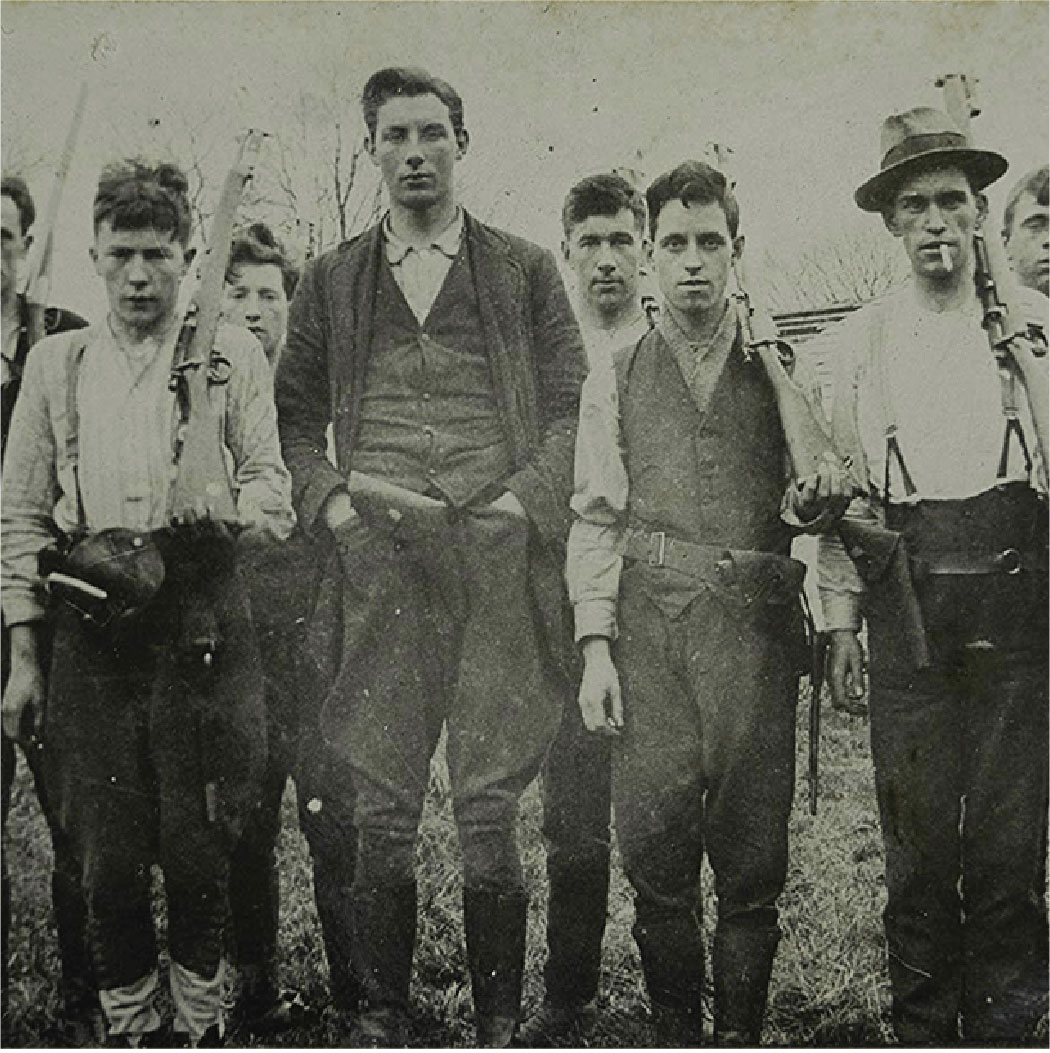
1921 The Clonmult ambush
This engagement at Clonmult near Midleton on 20 February was the most devastating for the IRA during of the War of Independence ... Read more
1921 The Clonmult ambush
Coming just five days after the disastrous Upton Train Ambush, twelve members of East Cork flying column were killed after they were surprised at their camp by a British Army patrol.Two of the eight captured were later executed.
Read more about the IRA at War in this article by Donal O'Drisceoil
Discover the locations and composition of Ireland's IRA companies in 1921 in the new interactive map by UCC's Charlie Roche
You can find maps, worksheets and lesson plans about the War of Independence in Unit 7 of the Atlas of the Irish Revolution Resources for Schools
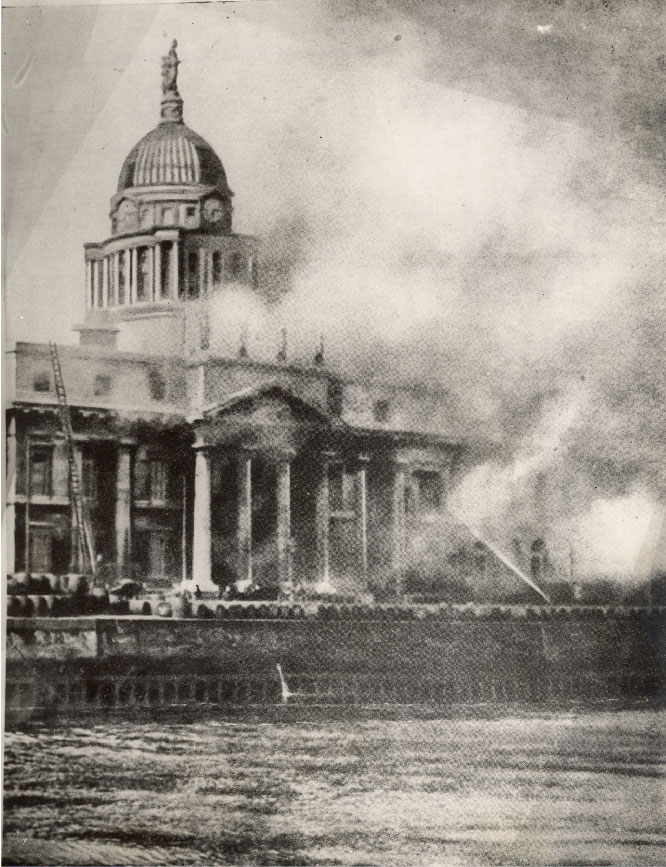
1921 The Burning of the Custom House
On 25 May 1921, the IRA attacked the Custom House in Dublin, the seat of British local government in Ireland ... Read more
1921 The Burning of the Custom House
The burning was carried out by a Dublin IRA party of over 100, overseen by OC of the Dublin Brigade, Oscar Traynor. It proved impossible to set fire to the building and evacuate it before British forces arrived on the scene. Five IRA men died, and over one hundred suspects were arrested by the Crown Forces.
Read more about the burning of the Custom House in the UCC/RTE War of Independence Project
Listen to the History Ireland Podcast about the burning of the Custom House
Discover the locations and composition of Ireland's IRA companies in 1921 in the new interactive map by UCC's Charlie Roche
You can find maps, worksheets and lesson plans about the War of Independence in Unit 7 of the Atlas of the Irish Revolution Resources for Schools
1921 The Truce
The armistice which brought the War of Independence to an end was popularly known as "The Truce".It was a formal military agreement registered with the League of Nations. The terms of the Truce applied equally to both armies and involved no surrender of arms by the IRA.
Read more about the events that led to the Anglo Irish Truce in the UCC/RTE War of Independence Project
Listen to John Borgonovo in conversation with Mick Clifford about Ireland in 1921
You can find maps, worksheets and lesson plans about the War of Independence in Unit 7 of the Atlas of the Irish Revolution Resources for Schools
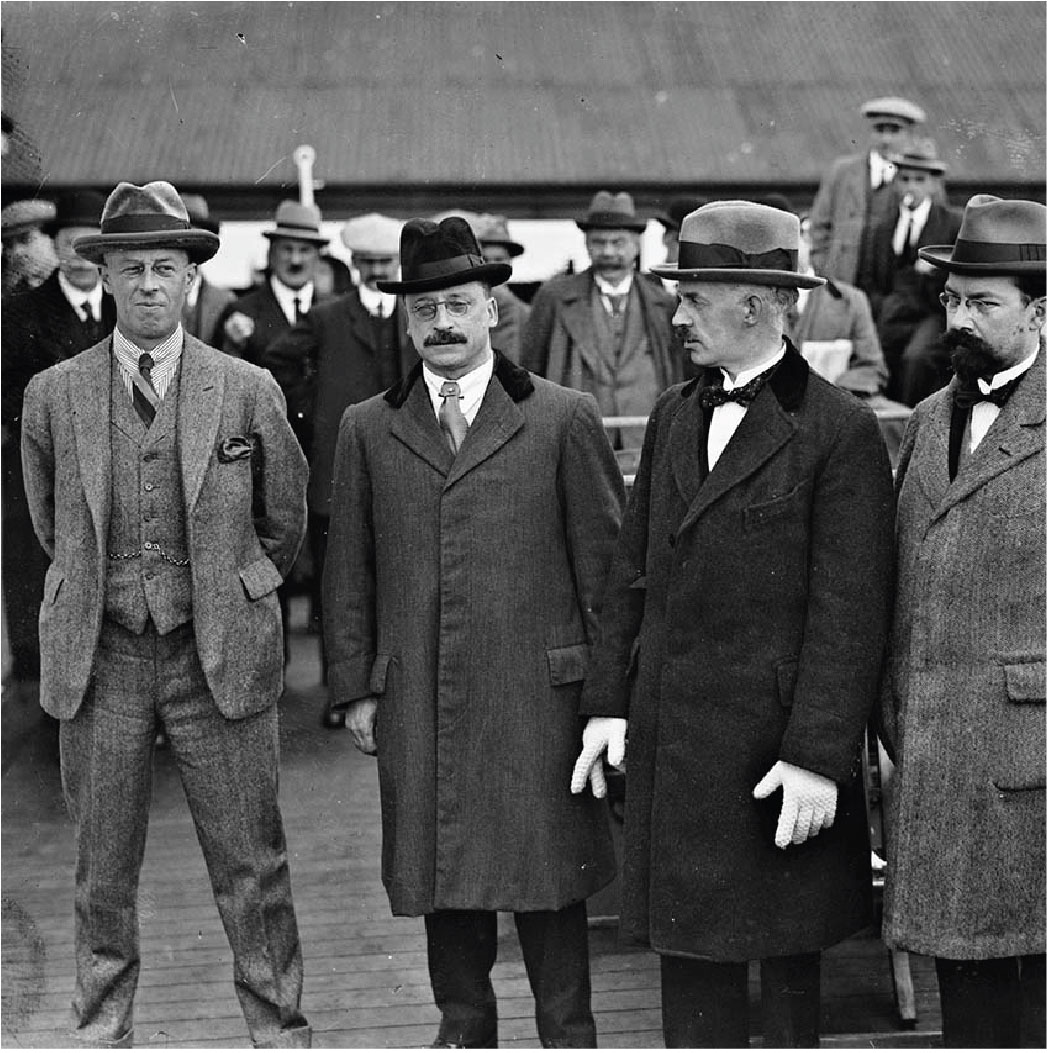
1921 Plenipotentiaries depart for London
Negotiations began in London on 11 October 1921 and culminated in signing of the Treaty on 6 December 1921. ... Read more
1921 Plenipotentiaries depart for London
Following talks between Éamon de Valera and David Lloyd George, a delegation of Irish plenipotentiaries led by Arthur Griffith arrive in London to begin talks with representatives of the British Government.
Discover artefacts and documents from the Treaty Negotiations at the National Museum of Ireland
Read more about the Treaty Negotiations at Century Ireland
You can find maps, worksheets and lesson plans about the Treaty and the Civil War in Unit 8 of the Atlas of the Irish Revolution Resources for Schools

1921 Signing the Anglo-Irish Agreement
After two months of negotiations, the Anglo Irish Treaty is signed by the British and Irish delegations on 6 December 1921 ... Read more
1921 Signing the Anglo-Irish Agreement
The Treaty granted dominon status to Ireland. While crown forces would withdraw from Ireland, three ports would remain under control of the British Navy. The ambiguous status given to the Irish plenipotentiaries in advance of the negotiations caused problems during the heated Dail Debates (14 Dec 1921-7 Jan 1922).The parliament of the Irish republic accepted the Treaty by a slender 64–57 vote
Read the Dail Eireann debates on the Treaty on UCC's CELT Project and learn about UCC's programme of events and projects to mark the centenary of the Treaty and the Civil War.
Explore the recorded proceedings of the Anglo-Irish Treaty Conference in UCC (Oct 2021)
You can find maps, worksheets and lesson plans about the Treaty and the Civil War in Unit 8 of the Atlas of the Irish Revolution Resources for Schools

1922 Handover of Dublin Castle
Following the creation of the Provisional Government on 14 January 1922, Dublin Castle Administration ceased and the process of evacuating the Crown forces began. ... Read more
1922 Handover of Dublin Castle
On 16 January 1922 Dublin Castle was formally handed over to the Provisional Government. The Auxiliary Division of the RIC and the Black and Tans left in January and February, and the RIC itself began to disband (a process finally completed in August 1922). Empty police and military barracks across Ireland were then taken over the local IRA regardless of whether they were pro or anti-Treaty.
Watch Pathe footage of the handover of Dublin Castle or find out more at the UCC-RTE Irish Civil War proect
Learn about UCC's Programme of events and Projects to mark the centenary of the Treaty and the Civil War
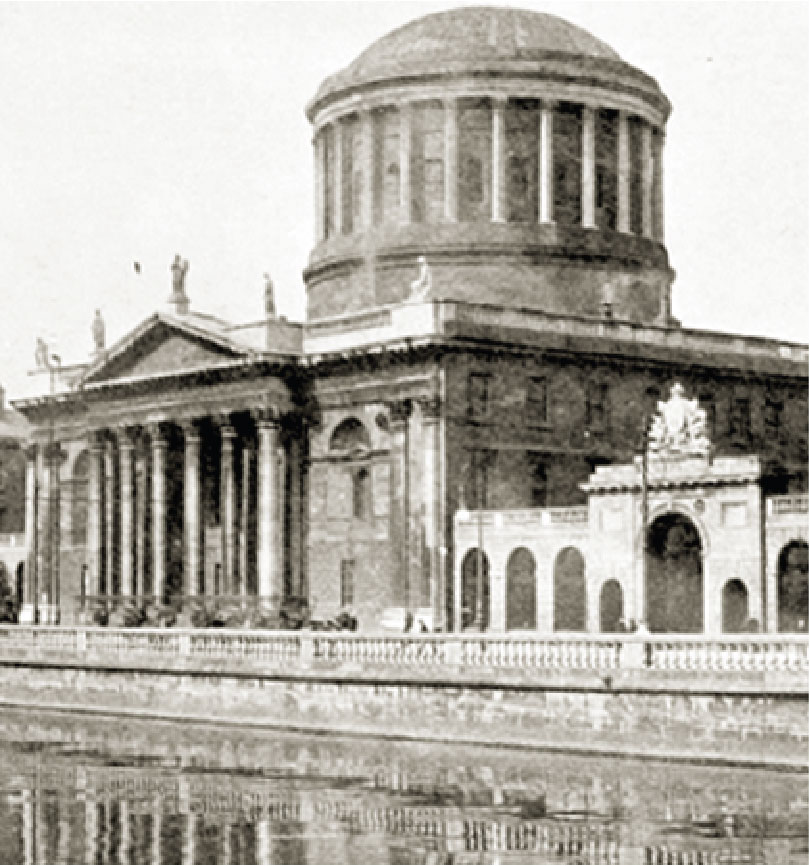
1922 Occupation of the Four Courts
Approximately 200 anti-Treaty republicans take over the Four Courts in Dublin on 14 April 1922 ... Read more
1922 Occupation of the Four Courts
The Treaty split the Sinn Fein party but it also split the IRA into pro and anti-Treaty factions. In April 1922, Rory O’Connor and around 200 anti-Treaty republicans took over the Four Courts and a small number of other buildings, including the Ballast Office and the Freemasons’ Hall on Molesworth Street. The occupation, which lasted over two months, fueled tensions between the Sinn Féin factions.
Learn about UCC's programme of events and projects to mark the centenary of the Treaty and the Civil War
Explore the recorded proceedings of the Irish Civil War National Conference
You can find maps, worksheets and lesson plans about the Treaty and the Civil War in Unit 8 of the Atlas of the Irish Revolution Resources for Schools
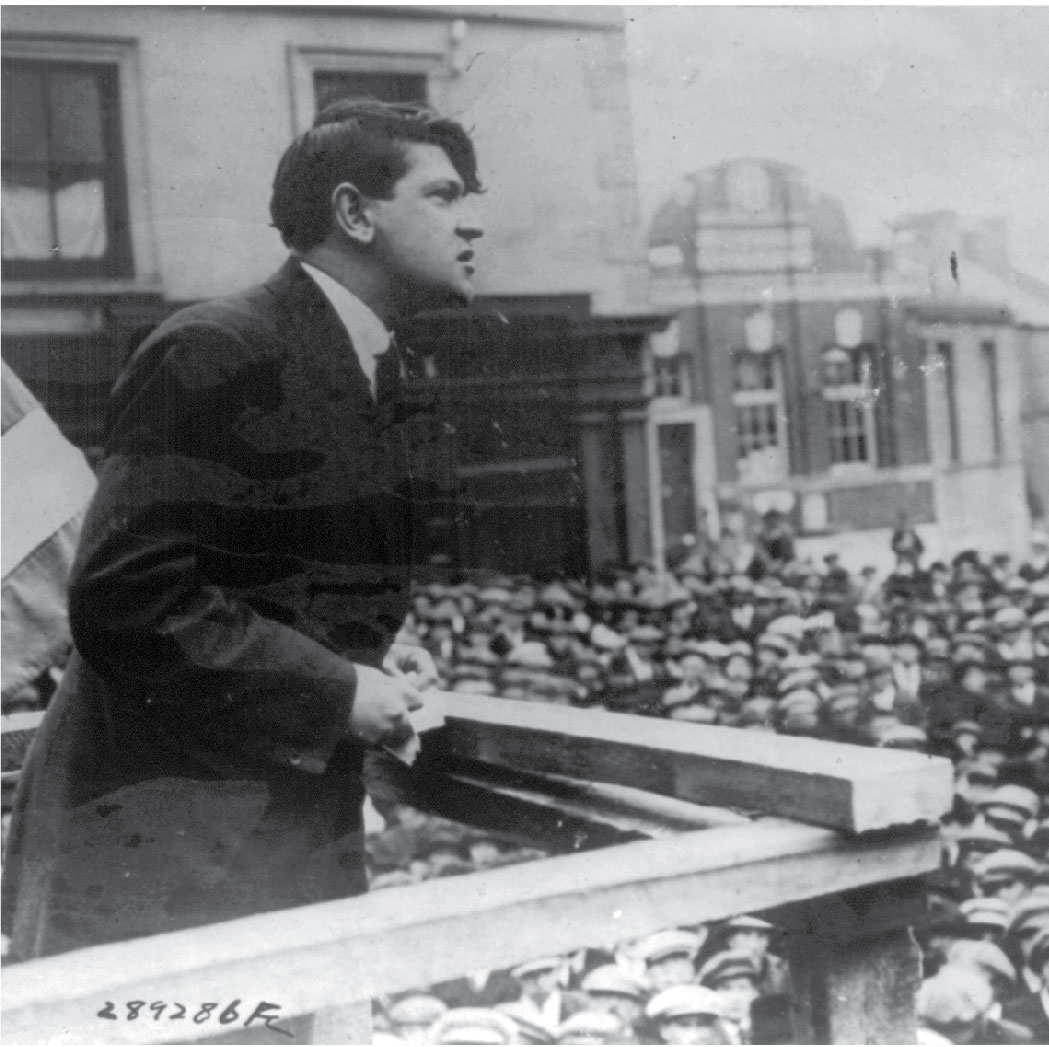
1922 General Election
In the 'Pact Election' of 16 June 1922 pro-Treaty Sinn Féin were returned as the largest party ... Read more
1922 General Election
The election returned a majority of pro-Treaty Sinn Féin candidates, with fifty-eight seats out of 128 (less than a majority), while the anti-Treaty Sinn Fein candidates won thirty-six. The participation of other parties, notably Labour and the Farmers’ Party, was crucial, since their combined first-preference vote of over 40 per cent, added to the vote for pro-Treaty Sinn Féin candidates, allowed the Provisional Government to claim a popular majority for the Treaty.
Explore the recorded proceedings of the Irish Civil War National Conference or the UCC/RTE Irish Civil War Project for more detail on the Pact election.
You can find relevant articles in our Features Section, and maps, worksheets and lesson plans about the Treaty and the Civil War in Unit 8 of the Atlas of the Irish Revolution Resources for Schools.
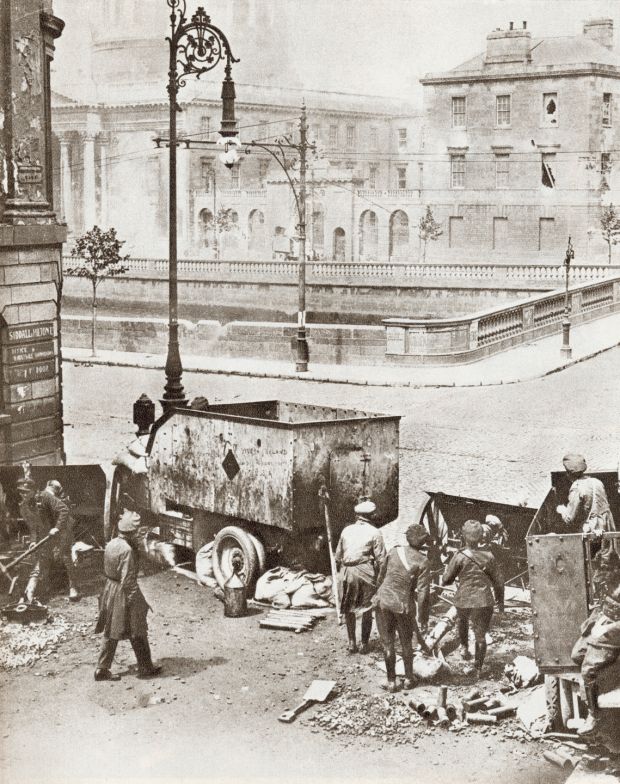
1922 Attack on the Four Courts
The Four Courts was shelled on 28 June when the anti-Treaty garrison did not respond to the Michael Collins' ultimatum: surrender or be fired on. ... Read more
1922 Attack on the Four Courts
When anti-Treaty IRA man Leo Henderson was arrested by pro-Treaty forces in Dublin, the Four Courts garrison responded by abducting Free State officer, J. J. ‘Ginger’ O’Connell. This action, combined with the assassination of British General Sir Henry Wilson in London meant that Michael Collins came under significant pressure from the British to respond with force. During the ensuring 'Battle of Dublin' which lasted from 28 June to 5 July 1922, the Four Courts was shelled and the Public Records Office destroyed. After the fall of the Four Courts, Anti-Treaty IRA held out for almost a week in a 'Block' of buildings on the east side of O'Connell Street before being forced to retreat by pro-Treaty forces.
Watch contemporary footage from the IFI Archive, or read more about the Battle of Dublin on the UCC/RTE Irish Civil War Project
Discover papers on the conventional phase of the Civil War among the recorded proceedings of the Irish Civil War National Conference

1922 The Battle for Limerick City
The National Army won a crucial victory in the ten-day Battle of Limerick, which ended on 21 July. ... Read more
1922 The Battle for Limerick City
After the Battle of Dublin, the anti-Treaty IRA held a defensive line anchored by the cities of Limerick in the west and Waterford in the east. They faced a rapidly-growing National Army, well-armed with artillery and armoured vehicles, which captured Limerick and Waterford on 21 July. Over the next two weeks, the National Army pushed the Republicans back in Tipperary, Limerick, and Waterford, capturing Carrick-on-Suir and Clonmel in the process. The most intense fighting occurred during the two-week Battle of Kilmallock, which extended into the nearby villages of Bruff and Bruree.
Watch Pathe footage of the Fall of Limerick in July 1922, or explore the recorded proceedings of the Irish Civil War National Conference UCC
Visit the UCC/RTE Irish Civil War project for more detail on the conventional phase of the Civil War
Find maps, worksheets and lesson plans about the Treaty and the Civil War in Unit 8 of the Atlas Resources for Schools
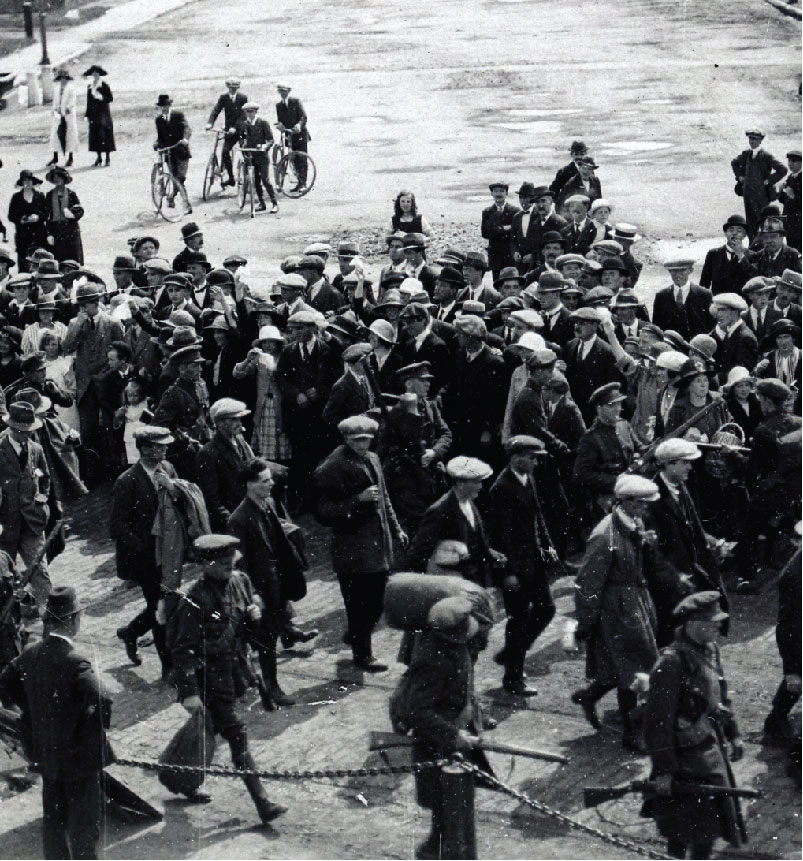
1922 The Sea Landings
Republican positions finally broke after the NA conducted surprise sea landings in Kerry and Cork in early August. ... Read more
1922 The Sea Landings
Government forces landed at Fenit, County Kerry and captured Tralee on 2 August. A more ambitious assault occurred on 8 August, when Emmet Dalton organised three simultaneous landings at Youghal, Union Hall and Passage West in County Cork. The National Army faced the most determined resistance during the three-day ‘Battle of Douglas’ on the outskirts of Cork city, but once again Free State artillery and armoured cars proved decisive.
Learn more about about the Battle for Cork in the Landscapes of Revolution Project or explore the articles and maps on the UCC/RTE irish Civil War Project
Find maps, worksheets and lesson plans about the Treaty and the Civil War in Unit 8 of the Atlas Resources for Schools

1922 The Death of Michael Collins
Anti-Treaty IRA ambushed and killed the Free State Commander-in-Chief Michael Collins at Béal na Blá on 22 August ... Read more
1922 The Death of Michael Collins
The Commander-in-Chief of the National Army Michael Collins was killed in an ambush by anti-Treaty IRA at Béal na Blá on 22 August, just ten days after Arthur Griffith's sudden death from a brain haemorrhage. Both sides understood that the conventional phase of the Civil War was over. It was replaced by a guerrilla war.
Read more about Michael Collins in his article by Gabriel Doherty and on the UCC/RTE Irish Civil War project
Visit the Cork Fatality Register, 1919-23 to learn about those who were killed in Cork during the Civil War
Find maps, worksheets and lesson plans about the Treaty and the Civil War in Unit 8 of the Atlas Resources for Schools
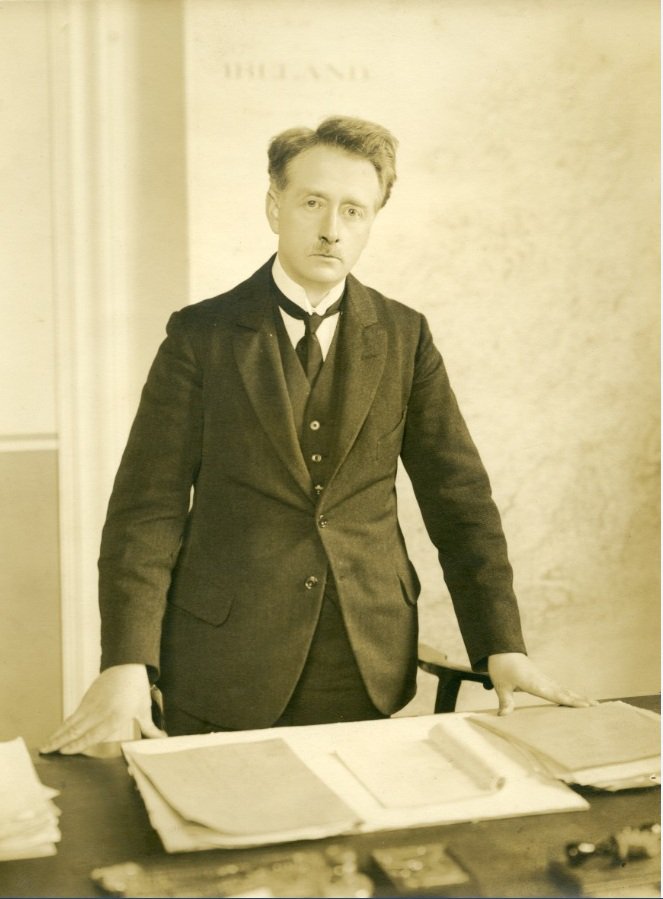
1922 Provisional Government's Army (Special Powers) Resolution
On 9 September, WT Cosgrave was elected President of the Third Dáil. He was also Chairman of the Provisional Government ... Read more
1922 Provisional Government's Army (Special Powers) Resolution
On 28 September, under W.T. Cosgrave, the Dáil passed emergency legislation which allowed for the execution of those captured bearing arms against the State. The first executions took place on 17 November 1922. IRA chief-of-staff Liam Lynch responded with instructions for operations against ‘the enemy’. Following the assassination of Sean Hales TD on 7 December, the Free State executed, without trial, four leading republican prisoners in Mountjoy Gaol.
Listen to the Irish Story podcast on the asssassination of Sean Hales or visit the Cork Fatality Register, 1919-23 to learn about those who were killed in Cork during the Civil War. Visit the UCC/RTE Irish Civil War Project for more detail on the Public Safety Bill, 1922, or watch the proceedings of the Irish Civil War National Conference in UCC.
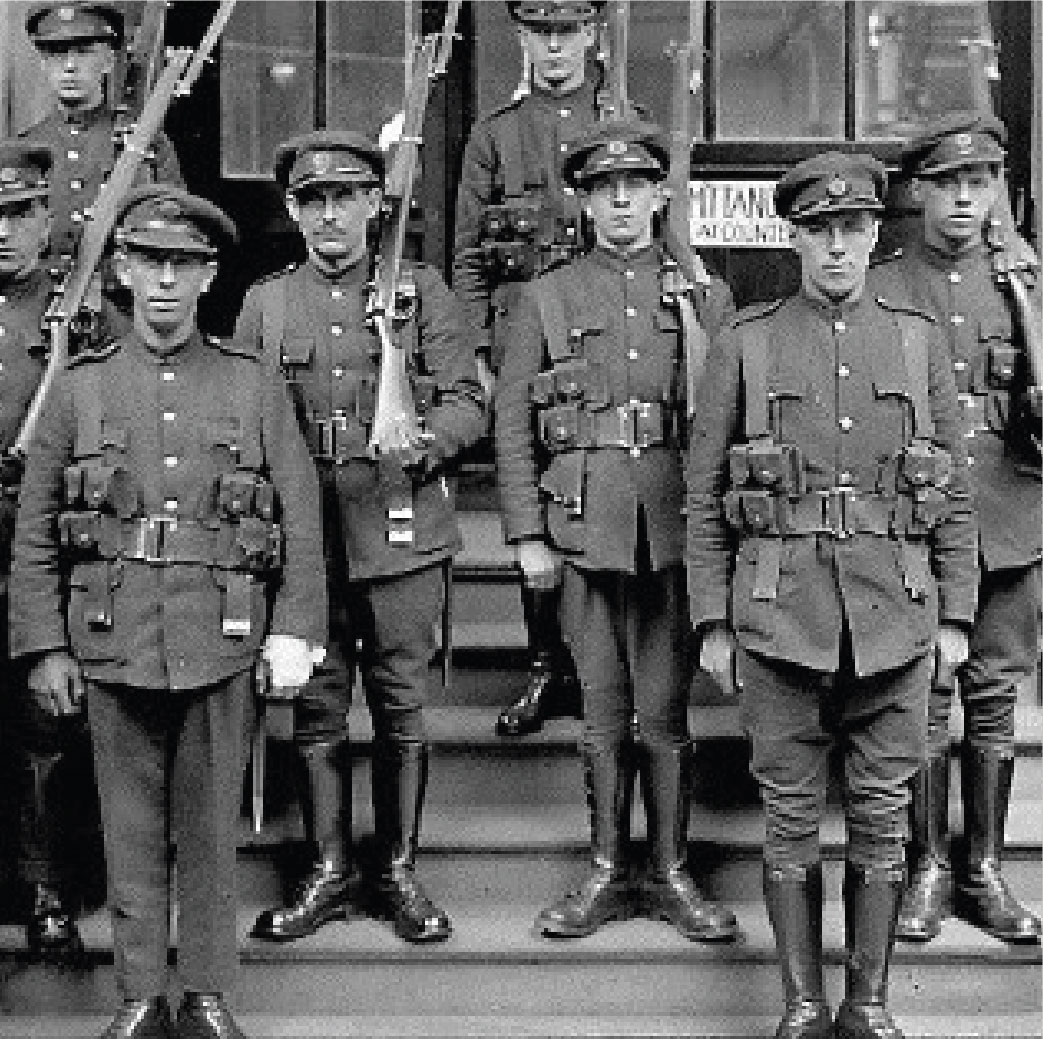
1922 Irish Free State Established
On 6 December, the Irish Free State, established under the terms of the Treaty, came into existence ... Read more
1922 Irish Free State Established
The provisions of the Anglo-Irish Treaty were adopted by the government, and Ireland officially became a dominion of the British Empire. W.T. Cosgrave, became the President of the Executive Council of the Irish Free State.
Visit the UCC/RTE Irish Civil War Project for more detail on the birth of the Irish Free State. Explore the Bureau of Military History Archives for documents relating to the Irish Civil War or visit Atlas Resources for schools to find lesson plans and worksheets relating to the Irish Civil War.

1923 Reprisals at Ballyseedy in Co. Kerry
Eight Republican Prisoners were killed by a mine at Ballyseedy Cross outside Tralee on 7 March ... Read more
1923 Reprisals at Ballyseedy in Co. Kerry
Perhaps nowhere in Ireland was the Civil War fought as bitterly as in County Kerry. Republicans sustained determined armed resistance, inflicting heavy casualties on the National Army. Frustrated by their inability to crush the republicans, National Army officers took extreme measures against the IRA, culminating in several unofficial reprisal executions carried out in March 1923, including the notorious ‘Ballyseedy Massacre’.
Read about the guerrilla phase of the Civil War on the UCC/RTE Irish Civil War Project. Watch the proceedings of the Irish Ciivl War National Conference in UCC for more detail on the guerrilla war in Kerry.

1923 Liam Lynch Killed
On 10 April, the commanding general of the anti-Treaty IRA, was shot in the Knockmealdown Mountains. ... Read more
1923 Liam Lynch Killed
IRA Chief of Staff, Liam Lynch, was fatally wounded in a skirmish with National Army troops in the Knockmealdown mountains in County Tipperary. Four other senior Republican officers are captured in the incident. The peace faction within the anti-Treaty IRA was strengthened by Lynch's death and on 27 April, his successor, Frank Aiken ordered the suspension of all IRA offensive activities.
Explore the Letters of Liam Lynch at the National Library of Ireland.
Visit the Cork Fatality Register, 1919-23 to learn about those who were killed in Cork during the Civil War. Explore the Bureau of Military History Archives for documents relating to the Irish Civil War or visit Unit 8 of the Atlas Resources for Schools

1923 Cease Fire and Dump Arms
On 24 May IRA Chief of Staff, Frank Aiken, ordered the Anti-Treaty fighters to 'dump their arms' and return home. ... Read more
1923 Cease Fire and Dump Arms
Éamon de Valera supported the order, issuing a proclamation to the anti-Treaty IRA in conjunction with Frank Aiken's ceasefire order on 24 May 1923: 'Further sacrifice on your part would now be in vain and the continuance of the struggle in arms unwise in the national interest. Military victory must be allowed to rest for the moment with those who have destroyed the Republic.' This effectively ended the Civil War.
Visit the National Library of Ireland's Flickr Page for a wide seleciton of images from the Civil War period.
Visit the Cork Fatality Register, 1919-23 to learn about those who were killed in Cork during the Civil War. Explore the Bureau of Military History Archives for documents relating to the Irish Civil War or visit Unit 8 of the Atlas Resources for Schools
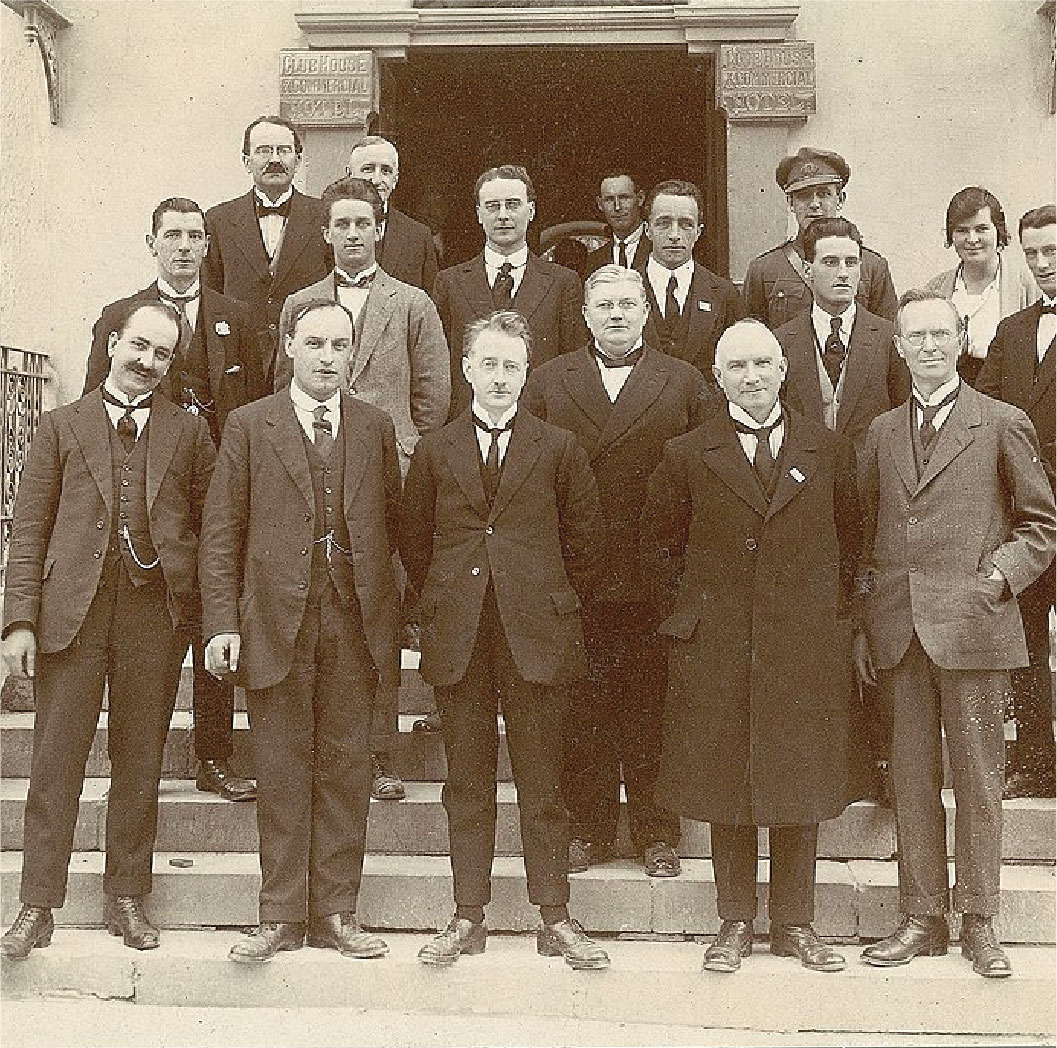
1923 General Election
On 27 August, Cumann na nGaedheal wins the first general election of the Irish Free State. ... Read more
1923 General Election
The majority of the Irish electorate reaffirm their support for the treaty by voting for W.T. Cosgrave's Cumann na nGaedhal, formed in April 1923 from Sinn Féin’s pro-Treaty wing. Eámon de Valera’s Sinn Féin claimed 44 seats but abstained from taking their seats until 1927. The Free State Cabinet included Kevin O'Higgins as Deputy President and Minister for Justice; Eoin MacNeill as Minister for Education; Richard Mulcahy as Minister for Defence; Desmond Fitzgerald as Minister for External Affairs; Joseph McGrath as Minister for Industry and Commerce and Ernest Blythe as Minister for Local Government.
original image UCD Archives. Tierney/MacNeill Photographs. LA30/PH/395

1923 The League of Nations
On 10 September, the Irish Free State entered the League of Nations ... Read more
1923 The League of Nations
WT Cosgrave headed an Irish delegation at Geneva, where the Free State was admitted into the League of Nations by a unanimous vote. The admission confirms international recognition of the Free State’s status. In his speech, President W.T. Cosgravedeclared to enthusiastic cheers from the delegates of other nations:
“Today, with all the nations of this assembly, Ireland joins in a solemn covenant to exercise the powers of her sovereign status, in promoting the peace, security, happiness and well-being of the human race.”
Read more about Ireland's entry into the League of Nations in this article from the Department of Foreign Affairs


